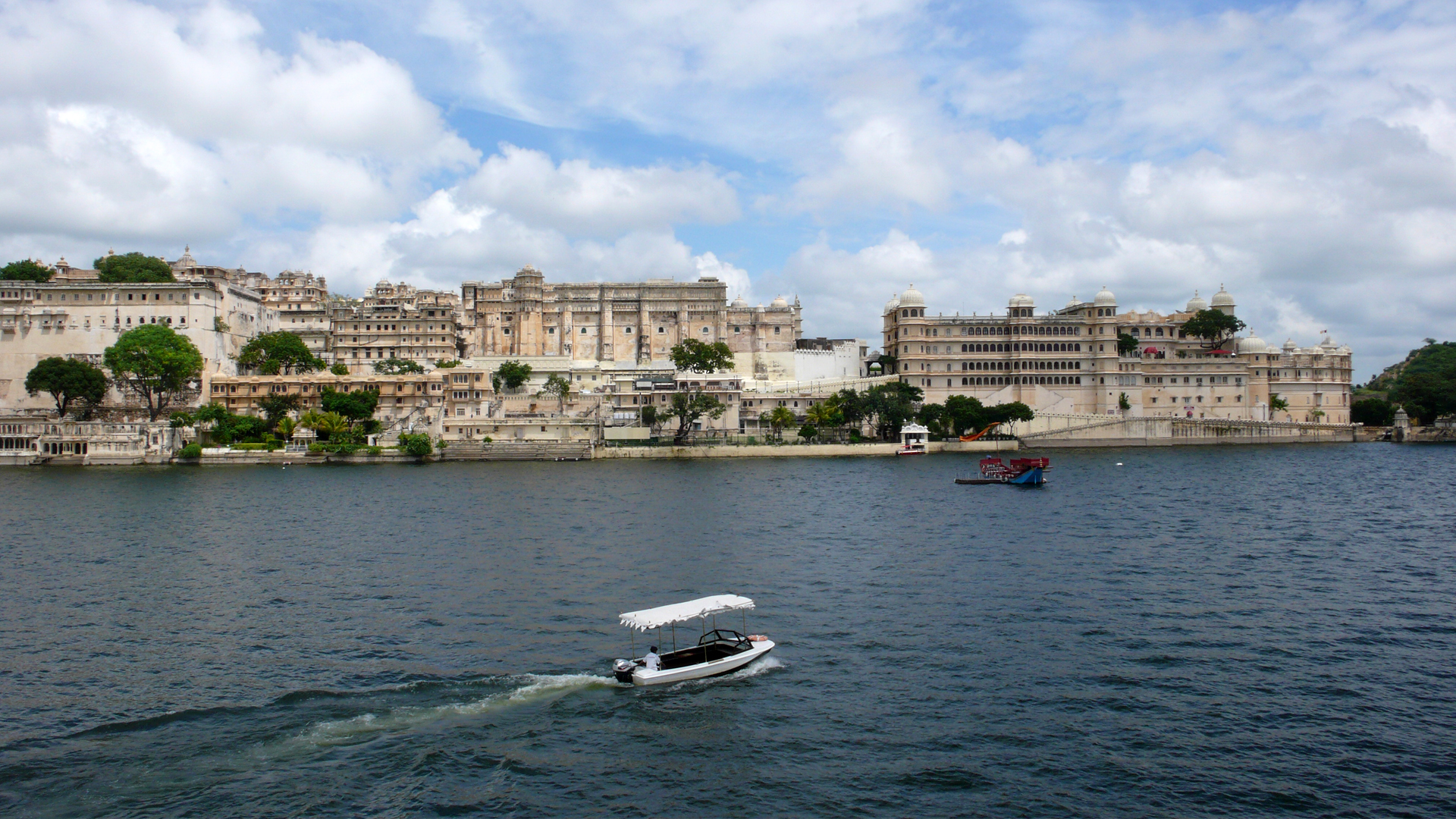Tourist Attractions
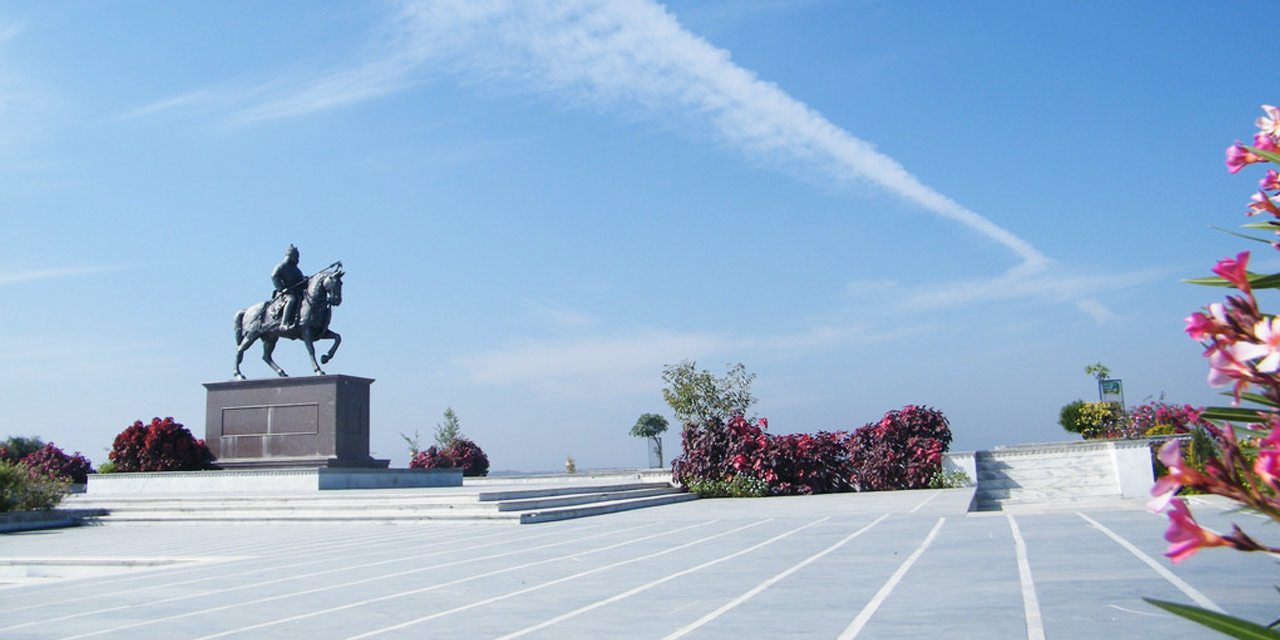
Pratap Memorial (Moti Magri)
An impressive bronze statue of Maharana Pratap on his favourite horse Chetak, stands atop the Moti Magri overlooking Fateh Sagar. Local people climb up the hill to pay homage to Rana Pratap and his faithful charger 'Chetak' who was fiercely protective about its master and stood by him till its last breath. This loyal steed sacrificed its life while carrying his master to safety from the battlefield of Haldighati.
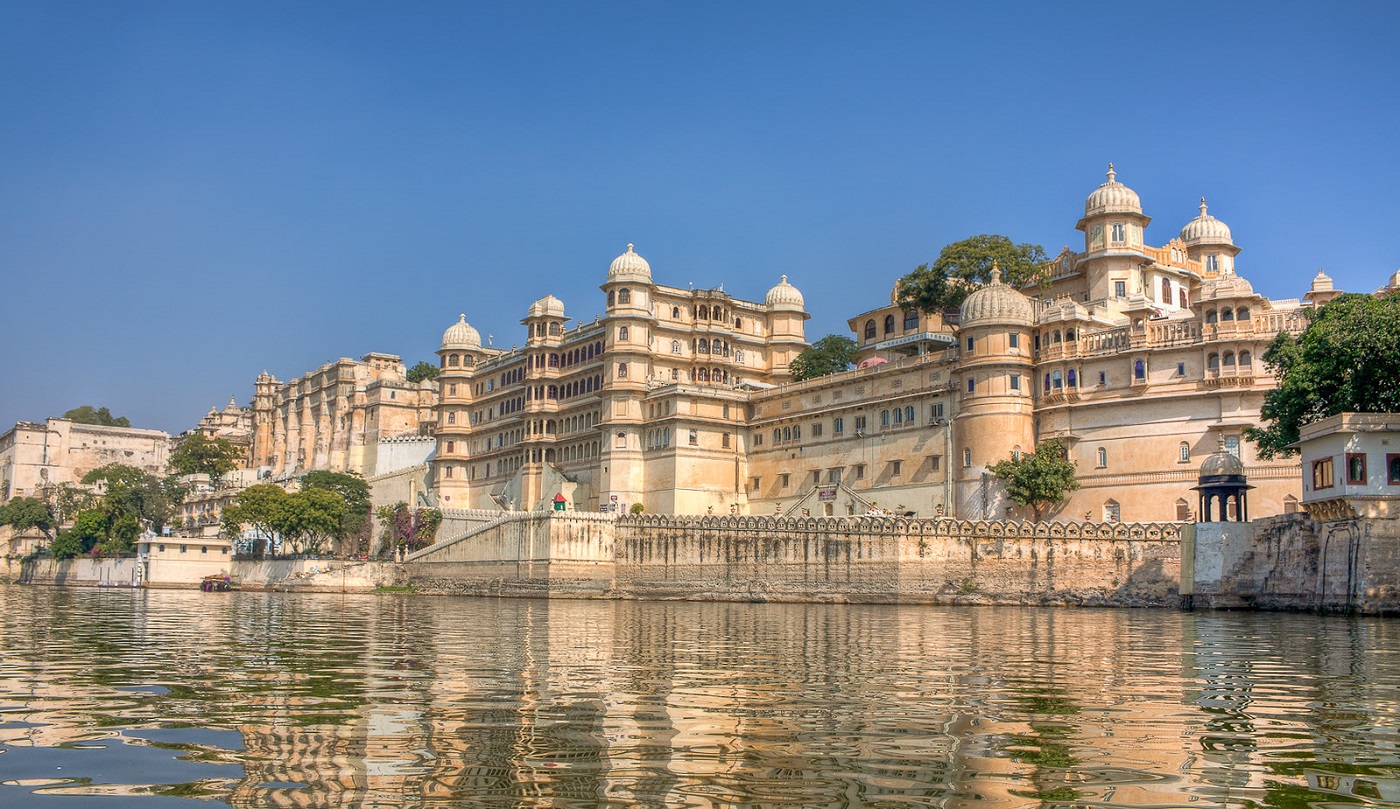
City Palace
A majestic architectural marvel towering over the lake on a hill surrounded by crenelated walls, it is a conglomeration of courtyards, pavilions, terraces, corridors, rooms and hanging gardens. The main entrance is through the triple arched gate, the "Tripolia" with eight marble porticos, The Maharanas were weighed under the gate in gold, the equivalent amount of which was distributed among the populace. The surajgokhada, the balcony of the sun, is where the SuryanshiMaharanas of Mewar presented themselves to the people in the time of trouble to restore their confidence. The 'MorChowk' known for its exquisite peacock mosaics in glass and the 'ChiniChitrashala' noted for its blue and white ceramics are other attractions in the palace. A high tech sound and light show is conducted every evening at the magnificent ManakChowk which brings alive the rich history of Mewar.
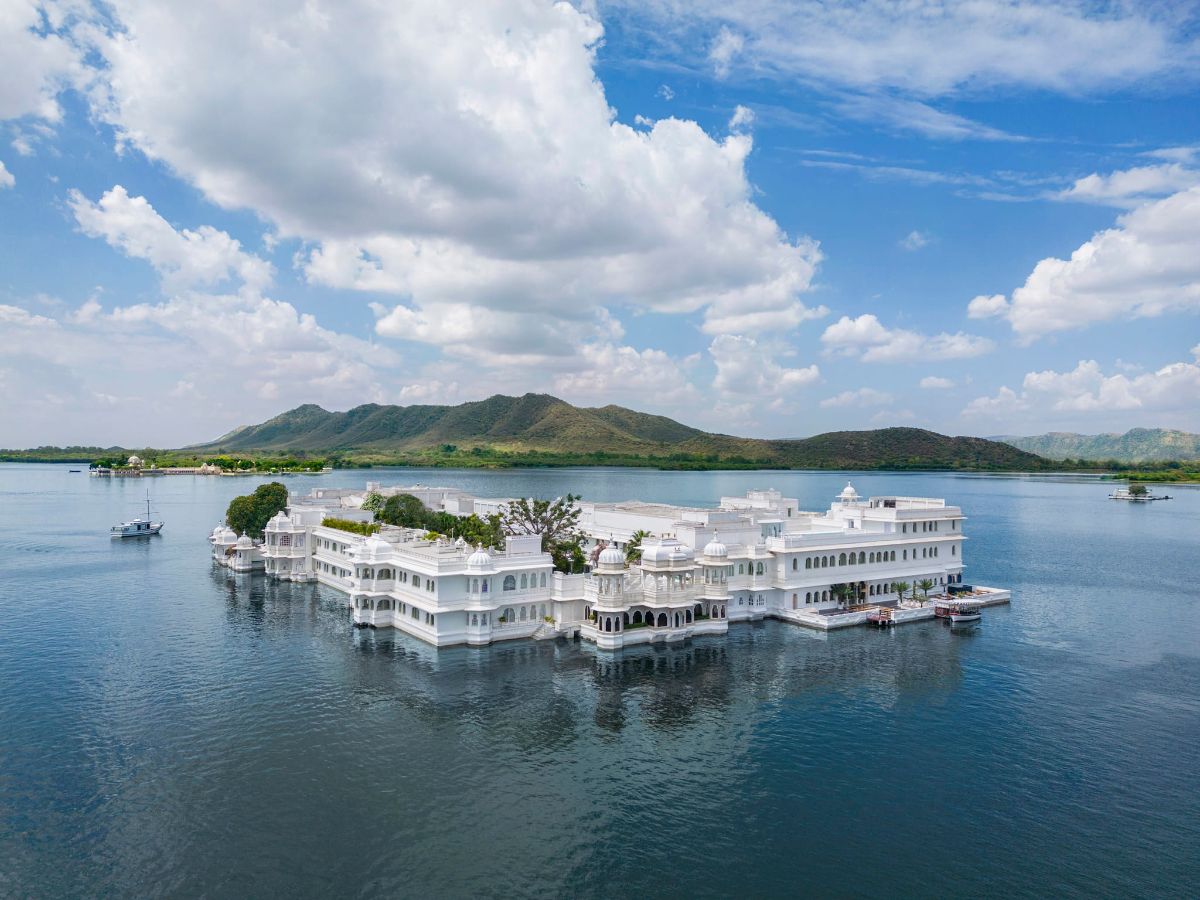
Lake Palace
Now a hotel but was originally called Jagniwas and served as a summer palace. Built between 1743 and 1746 on the island near Jagmandir in Lake Pichola, the palace, which faces east, is a wondrous sight to behold. The walls made of black and white marbles are adorned with semi-precious stones and ornamented niches. Gardens, fountains, pillared terraces, and columns line its courtyards.

Jag Mandir
Jagmandir is a palace built on an island on the Lake Pichola. Also called the ‘Lake Garden Palace’, the construction for this began in 1620 and was completed around 1652. The royal family used the palace as its summer resort and for hosting parties. Interestingly, Prince Khurram - later Emperor Shah Jahan - was given shelter here when he rebelled against his father Emperor Jahangir. The Palace had such an impact on Emperor Shah Jahan that it went on to become the inspiration for one of the most magnificent Wonders of the World, The Taj Mahal.
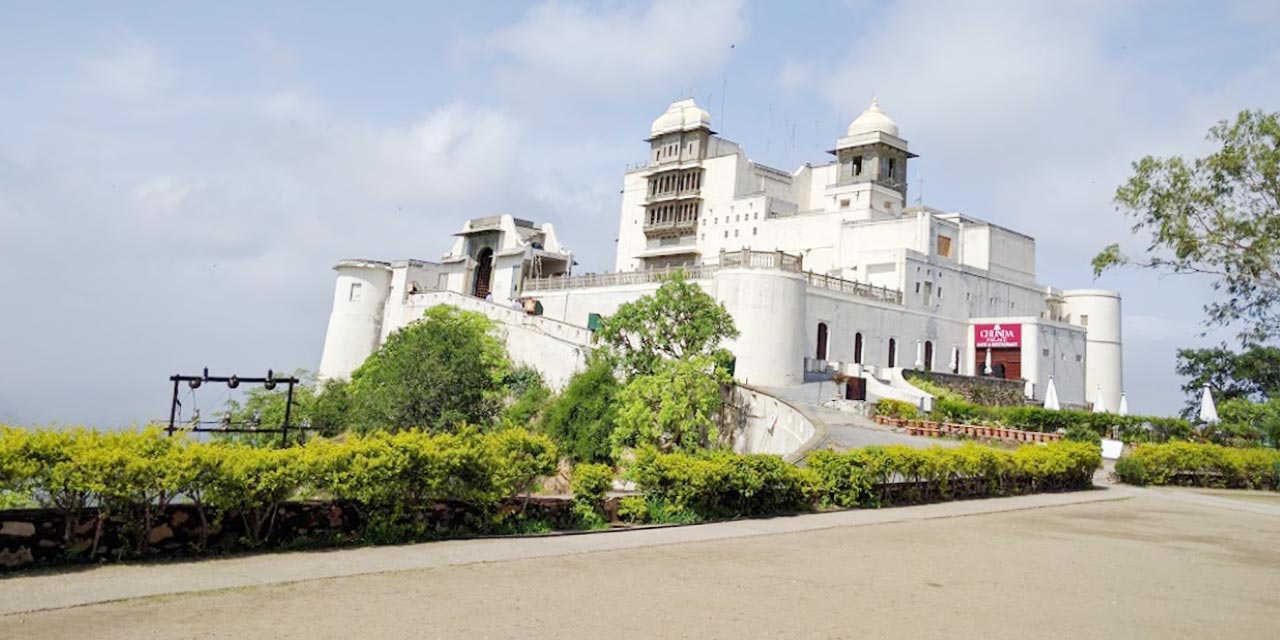
Monsoon Palace
Situated just outside Udaipur, this 19th-century palace is built on top of Bansdara hills. Used as a monsoon palace and hunting lodge, its builder, Maharana Sajjan Singh, originally planned to make it an astronomical center. The plan was cancelled with Maharana Sajjan Singh's premature death. It is still an awe-inspiring sight on the Udaipur skyline and offers spectacular views of the city and the areas around.
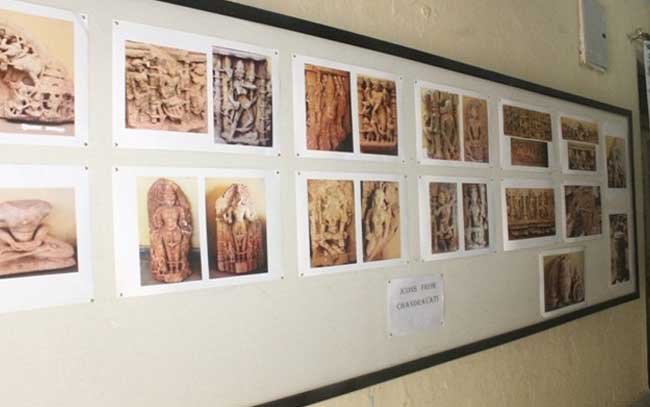
Ahar Museum
Ahar Museum is in close proximity to an impressive cluster of cenotaphs of the Maharanas of Mewar. The museum has a small, but rare collection of earthen pottery. You can also browse through sculptures and archaeological finds, a few dating back to 1700 BC. A 10th century metal figure of Buddha is a special attraction here.
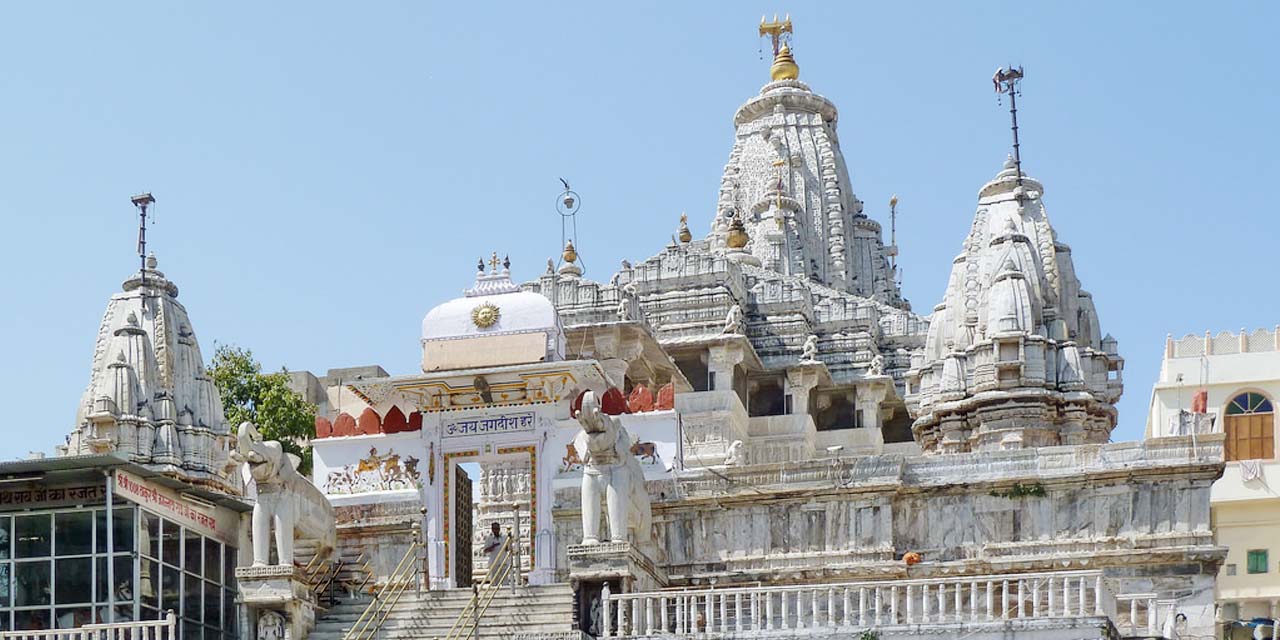
Jagdish Temple
An example of the Indo-Aryan style of architecture, Jagdish Temple was built in 1651 and continues to be one of the most famous temples in and around Udaipur. Dedicated to Lord Vishnu, the structure is an architectural marvel with carved pillars, graceful ceilings and painted walls. This three-storied temple was built by Maharana Jagat Singh I.

Fateh Sagar Lake
This delightful lake, bordered by hills and woodlands, lies to the north of Lake Pichola. This artificial lake is connected to Lake Pichola by a canal. The lake houses the beautiful Nehru Island as well as an islet on which stands the Udaipur Solar Observatory. It was inaugurated by the Duke of Connaught and was initially called Connaught Bundh.
